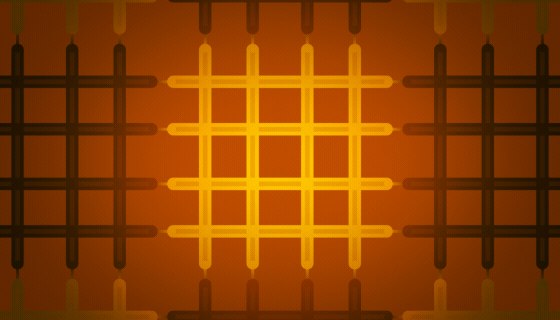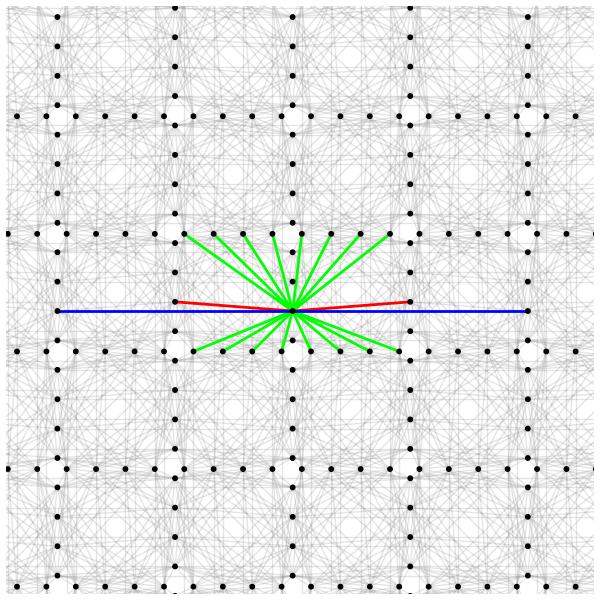D-Wave launches a first prototype of its next-gen annealing quantum computer
D-Wave built a identify for itself with its early annealing quantum pcs and even though the enterprise a short while ago declared its efforts to also develop a superconducting gate-model quantum laptop or computer, it is not abandoning its quantum annealing technological innovation. Scenario in point: The enterprise nowadays designed the initial prototype of its following-gen Advantage2 annealing quantum laptop or computer available in its cloud. This is not the comprehensive process, which will attribute 7,000 qubits when it launches in 2023 or 2024, but a smaller 500+ qubit version that is meant to showcase the company’s new qubit structure and its Zephyr topology (PDF) with 20-way inter-qubit connectivity.
“The Gain2 prototype is built to share what we’re learning and get feed-back from the neighborhood as we go on to develop to the full Advantage2 process,” reported Emile Hoskinson, director, Quantum Annealing Products, D-Wave. “Our present-day Gain quantum computer was absolutely re-engineered from the ground up. With Edge2, we’re pushing that envelope once again — demonstrating that connectivity and reduction in sound will be a delivery motor vehicle for even better performance when the entire system is out there. The Advantage2 prototype is an opportunity for us to share our enjoyment and give a sneak peek into the upcoming for shoppers bringing quantum into their apps.”
Rendering of the new Zephyr topology with 20-way inter-qubit connectivity which powers the new smaller-scale D-Wave Advantage2™ prototype annealing quantum computer. Impression Credits: D-Wave Programs Inc.
Making use of the Zephyr topology, each qubit will be connected to 20 other qubits, up from 15 in its predecessor, the Pegasus family members, which the present-day 5,000-qubit Edge method utilizes.
By making this new Advantage2 prototype obtainable, the business argues, builders can start off tests all of the main functionalities of the comprehensive-scale product. D-Wave notes that its early benchmarking exhibits that the Edge2 process options greater coherence and lessened qubit noise.
A cropped perspective of the Zephyr topology with 1 consultant qubit (black dot) connected to orthogonal qubits by 16 inside couplers (eco-friendly traces) and to in the same way aligned qubits by two external couplers (blue lines) and two odd couplers (pink strains). Image Credits: D-Wave Methods Inc.
The new prototype is now readily available by way of D-Wave’s Leap quantum cloud provider, which also involves entry to the primary Gain technique, as properly as D-Wave’s quantum hybrid solvers, together with its new Constrained Quadratic Product solver.


